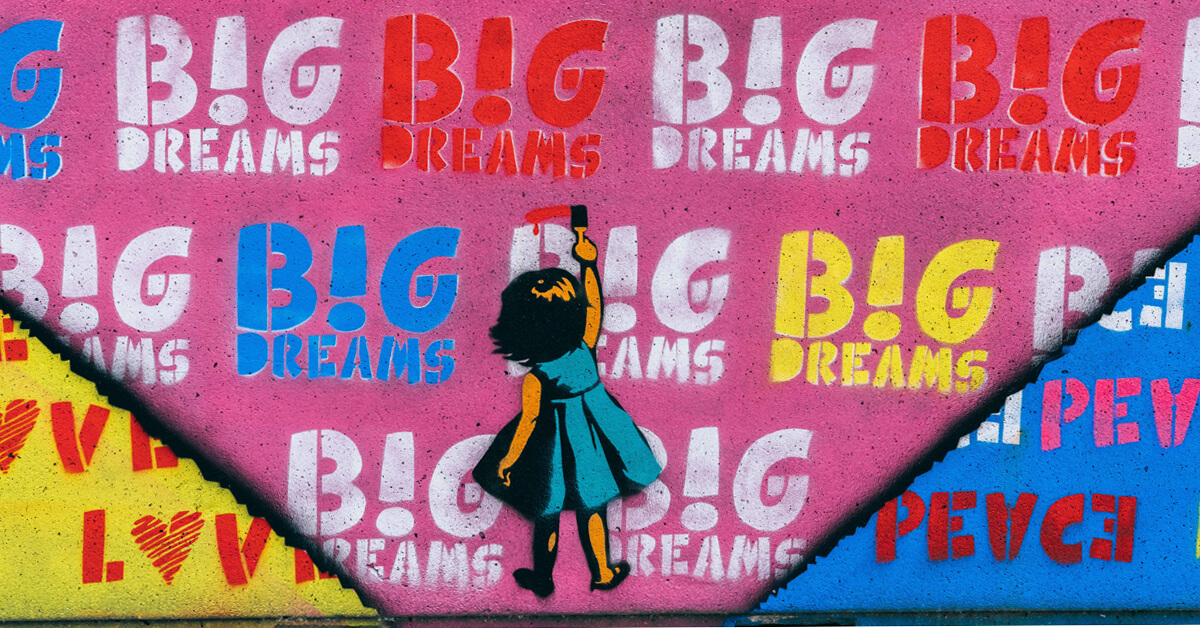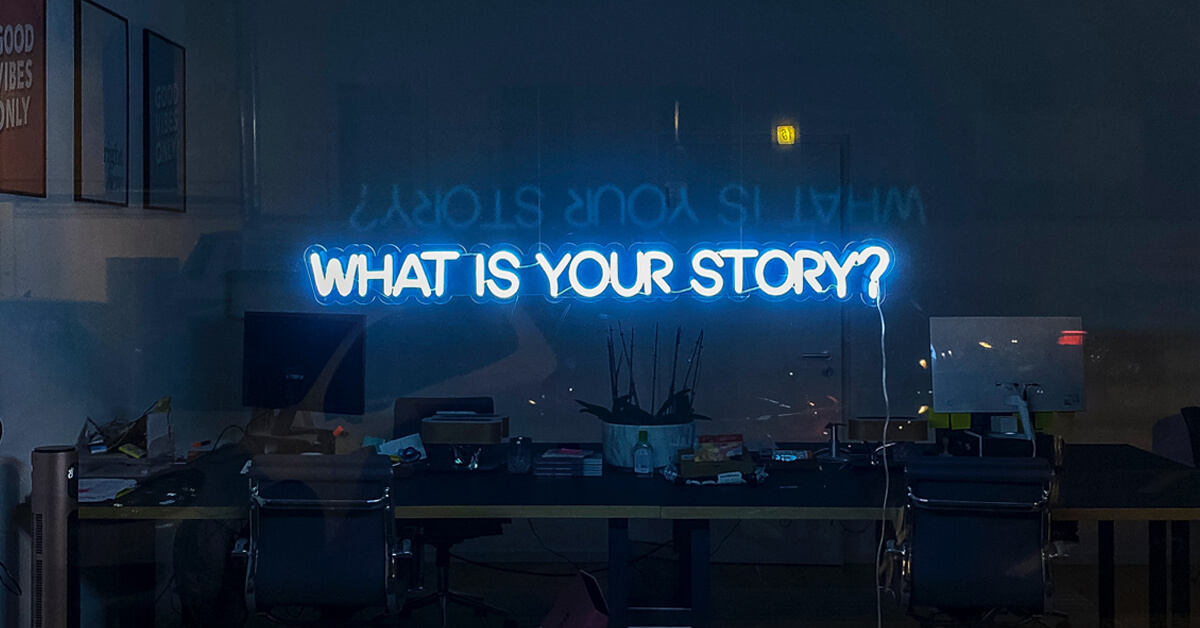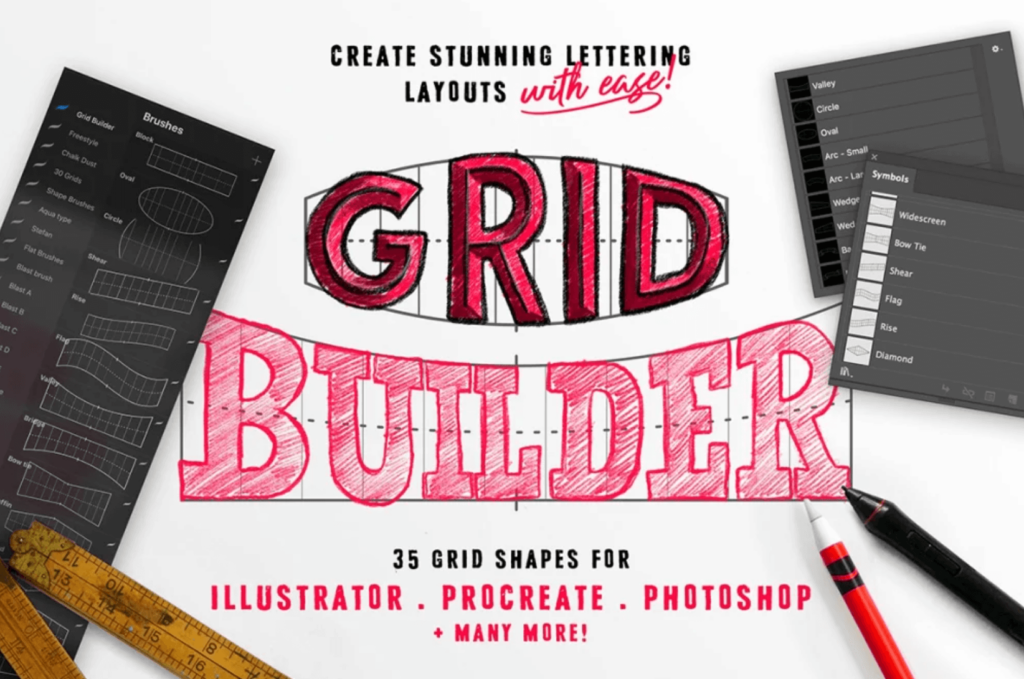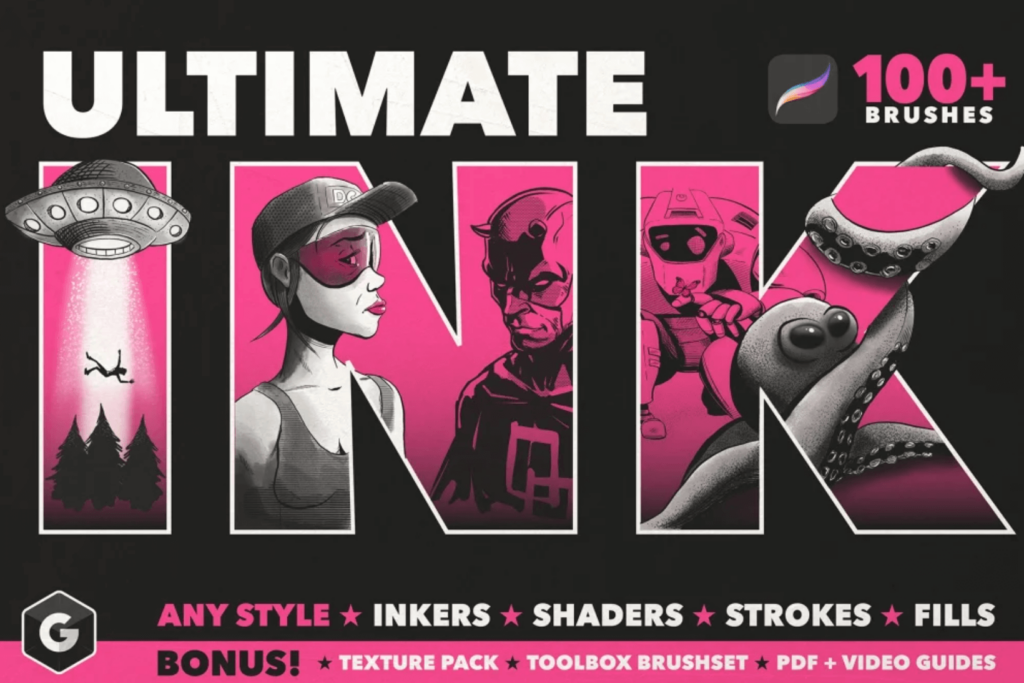I ask questions like a child, and that’s made a home in my design survey list. My wife gives me a hard time about it sometimes, but I really just need to know why! In a previous post, I encouraged new designers to develop a list of questions. Well, here are mine.
I have design surveys to ask clients a ton of questions. I do this because every single day is the first day on the job for me. When I’m working with a new client, I usually don’t know them at all. I have a handful of design surveys that help me get to know them better as a person as well as a business, and more importantly, they help me get to the real root of their problem since I’m an outsider.
Usually, I’ll get a call or an email from somebody with one simple question. I’ll try my best to answer, but I’ll explain to them that I can’t give them a great answer without having some more info. Then I’ll get their email address and send them a link to a design questionnaire. This is where the discovery process begins for my clients and I.
But let’s address each of those whys a little further.
Every day is the first day on the job for me
You know that feeling when you start a new job? You come in with your goatee freshly-shaved, wearing your best tie or skirt, your hair is on point, and you’ve planned out your responses to the typical questions in your head so many times that you begin answering them before your new co-workers can even ask.
That’s what a freelancer goes through every day, so why would I treat it any different? I don’t dress the part every day because basketball shorts are super comfy, but I definitely ask and respond to many of the same “first day” questions, so I prepare myself for it.
Getting to know them better as a person
I’m very particular in the type of work I take on, and here’s why: I’d rather spend time honing my craft helping business owners that are just as passionate as I am, than to spend my time on some mundane little project just to keep the money coming in. I’ll do the latter when I absolutely have to, but these design surveys help me weed out those types of jobs because those people aren’t even interested in investing the 20 minutes it takes to go through the survey.
I’m chasing the dream, and I hope for the same with every potential client. These surveys are a great filter for me to run off the tire-kickers.

Getting to know them better as a business with a design survey
Here’s where it all begins to come together. When I’m sending a design questionnaire, these people usually aren’t existing clients, so I have to get to know them better to see if I’m a good fit for them or vice versa. I know some of the things they’ll ask because I’ve done it before, and I aim to address some of them before they even ask just, like I would on the first day of a 9-5 job.
Some of the most common questions:
How much does it cost?
How long does it take?
What’s the process look like?
Do you accept payment plans or XYZ format of payment?
Since some of these are already addressed in the design surveys, I can brush them off and say “Things like cost and timeline are often based on a ton of factors. I don’t know those factors yet because I don’t even know you yet! I have to get to know you and your goals a little better before I can answer those questions, so check out this survey, and we’ll go from there.”
What I actually say changes from time to time, but the heart of it doesn’t.
I use design surveys to find out who they are as people and as businesses, so I can see if we’re a good fit for one another and truly address their pain points.
Getting to the real root of their problem
My design surveys help me figure out potential clients as actual people, but they also help me get a little deeper than just, “I need a logo” or “I need a website.”
Everybody needs that, but why? Here’s a bit more on why this part is important.
Are they next in line to take over a family-owned business and they want to start off with the right impression, or are they a single mom trying to create that same dream to leave a legacy for their kids one day? Knowing those things helps me change the perspective from dollar signs to people. Ultimately, end-users are people, and so are your clients, so why not treat them that way?
If I can be honest, and I always am, even when it means being painfully honest, it allows me an easy way to upsell them on some other service without being a cheeseball salesman about it. I hate that part, so I’ve figured out a way to make it less cheesy.
If they say something like they want a new website to attract new customers in the area, I can ask them about various SEO services I can offer for them or if they’ve considered email marketing, etc. That way, I’m not really upselling. I’ve already learned about who they are and what their goals are. Now, I’m just trying to help them reach those goals. Boom. Win-win.

Getting to the Good Stuff
I have a handful of design surveys for various types of projects, but here are 5 of them that I think would be most helpful to designers that are young in their careers.
Since no two people are the same, neither are their businesses, their goals, or their projects. So their prices aren’t either. Duh, right?
They also have questions that overlap between one another and they can become repetitive, but that’s by design.
Note that sending these blindly via email doesn’t always get the results.
Sometimes the best approach is an in-person discussion where you’re filling out the form as you ask the questions. This is for a prospect that you think is really a great fit.
Sometimes the best approach is phone or video call discussion where you’re filling out the form as you ask the questions. This is for a prospect that you think is really a good fit, but maybe you’re on the fence and the gas/time aren’t a wise investment just yet.
Finally, sometimes the best approach is just sending them a link. This is for a prospect that you think may not be a great fit, but you don’t want to make that decision for them. It can act as a filter. If they don’t want to invest 30 minutes helping you get to know them, it’s probably a red flag, right?
This is for the perfect stranger that makes their way to my inbox. I have no idea who they are. This is the biggest, broadest one, and it’s also probably the hardest one to send blindly in an email because of the length and depth of the questions.
This is for the person that says they want a logo. I know they probably need more, but this helps me build the foundation to ask what more might mean to them and to articulate the aesthetic goals.
This is for the person that says they want a new website, obviously. It helps me paint a bigger picture than that, so I can start thinking about timelines, cost and my availability, since these projects can be more time consuming and pull more resources from my team.
This is one might come after one of the first two, and I might actually go through it with them over the phone rather than just shooting them the link. The reason being is, this one’s deep. It’s for someone looking to re-brand or someone just starting off their business.
This one, appropriately named, happens after the project is done, and it gives me some good material to use in testimonials. It also helps me put a bow on the project and learn about the outcomes a little better.
This is probably the most specific of the bunch, but it’s also probably the easiest to send via email for that reason.
Conclusion
Each of these design surveys has their own unique purpose, and I use them each a little differently.
I can’t stress enough that sometimes I send the link via email, sometimes via text, and other times I’ll call them and go through the questions with them, typing and making notes as I go. Everybody’s different.
The design surveys linked above have come from years and years of trial and error, tweaking and evolving. They’ve changed over time, and they’ll keep on changing as I keep learning. I used to use Typeform for all of them, but it wasn’t worth the expense or limitations of the free plan, so I switched back to Google Forms.
They save me a ton of time, they help me convert potential clients, and I hope they do the same for you! Please take these, and do whatever you want with them.
Let me know if these surveys helped you close a deal, or if you’ve got some surveys of your own that you’d like to share. I’d love to hear about it.









